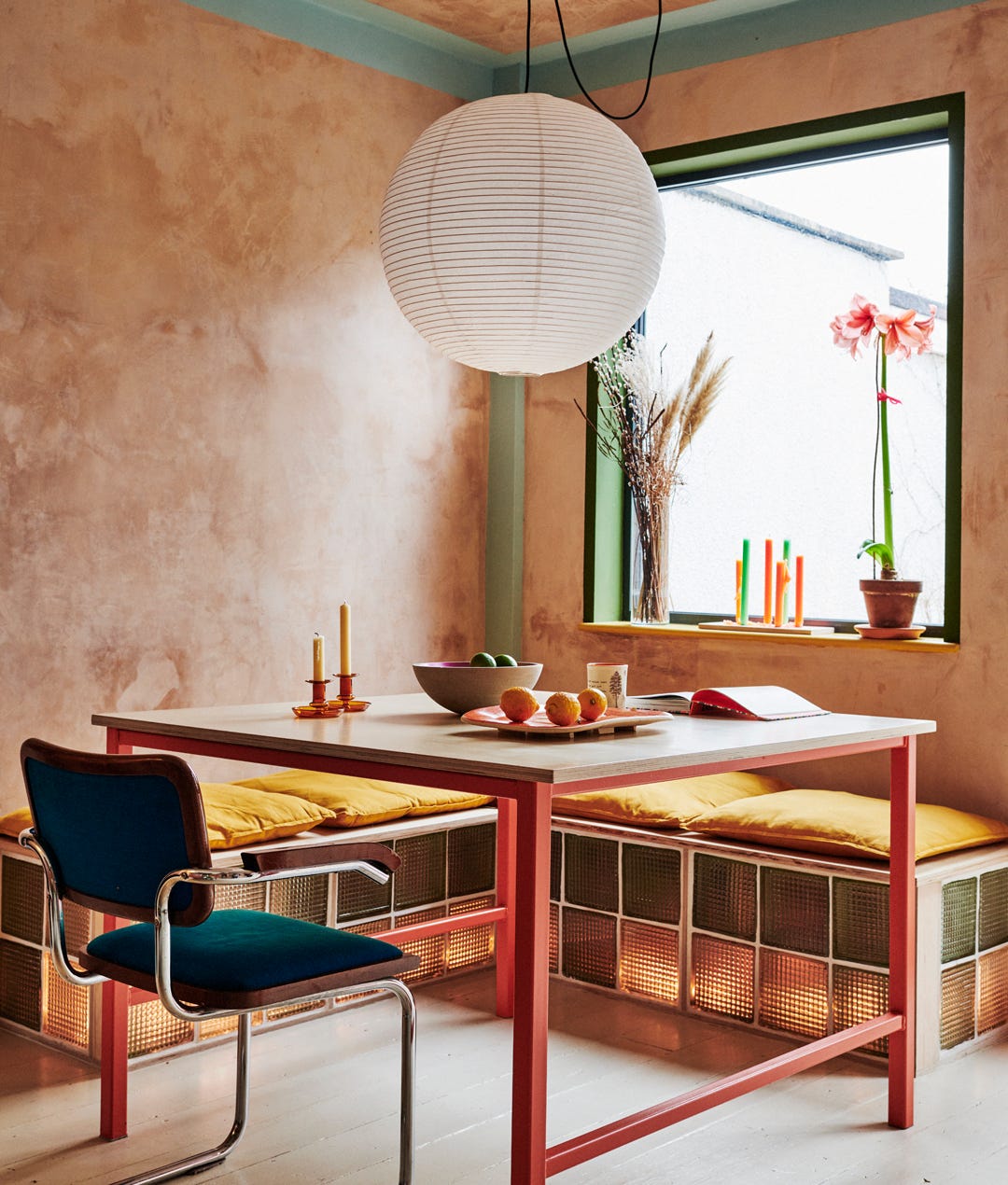
I’ve learned a couple of key lessons over the past year and a half of renovating our bungalow at the beach. The first is to stand up for my ideas. Often this means pushing back when builders, plumbers, the lady at the paint counter in the DIY shop say “this is how it’s usually done”. The second is to ask as many questions as I want and need to the tradespeople working on or quoting for the project without worrying that I’m being annoying.
Standing up for your ideas, no matter how atypical they are is really important if you’re trying to create a home that feels unique to you. The tried and tested way of doing things - whether it’s laying tiles or fitting a light - are just that. Tried, tested and proven to work. And builders like that. Not because they’re lazy, but because the results are known. Do x + y and you get z. But what we know as designers is that the best results, aka the most exciting, creative, groundbreaking and interesting are usually the result of doing things differently, challenging the norm.
I’ve been fortunate through my interiors books to visit dozens of homes in different parts of the world and to see that what we might call typical, others call unusual and vice versa. In Morocco, wonky handmade zellige tiles on every surface is the norm in many homes. In the UK you will struggle to find a tiler willing to lay tiles that don’t have perfectly straight edges. The imperfect finish drives many crazy. They take pride in their craft and they want to feel like they’ve done a job right. Charmingly uneven, wonky tiling with different thicknesses of grout might be exactly the look I’m after, but convincing someone to do it is another story.

I remember years ago reading in one of stylist, author and designer Sibella Court’s wonderful books that she designed bookcases that were intentionally and noticeably wonky and uneven, inspired by some she’d seen in a Venetian mosaic school. I thought about the confidence that she needed to have in her own idea to challenge the dismay of the joiner. But she knew what she wanted and she stood by her weird and wonderful idea. It takes a creative and unconventional tradesperson to get on board with anything out of the ordinary. So if you’re looking to do things a little differently make sure you find a team who is willing to work in this way.
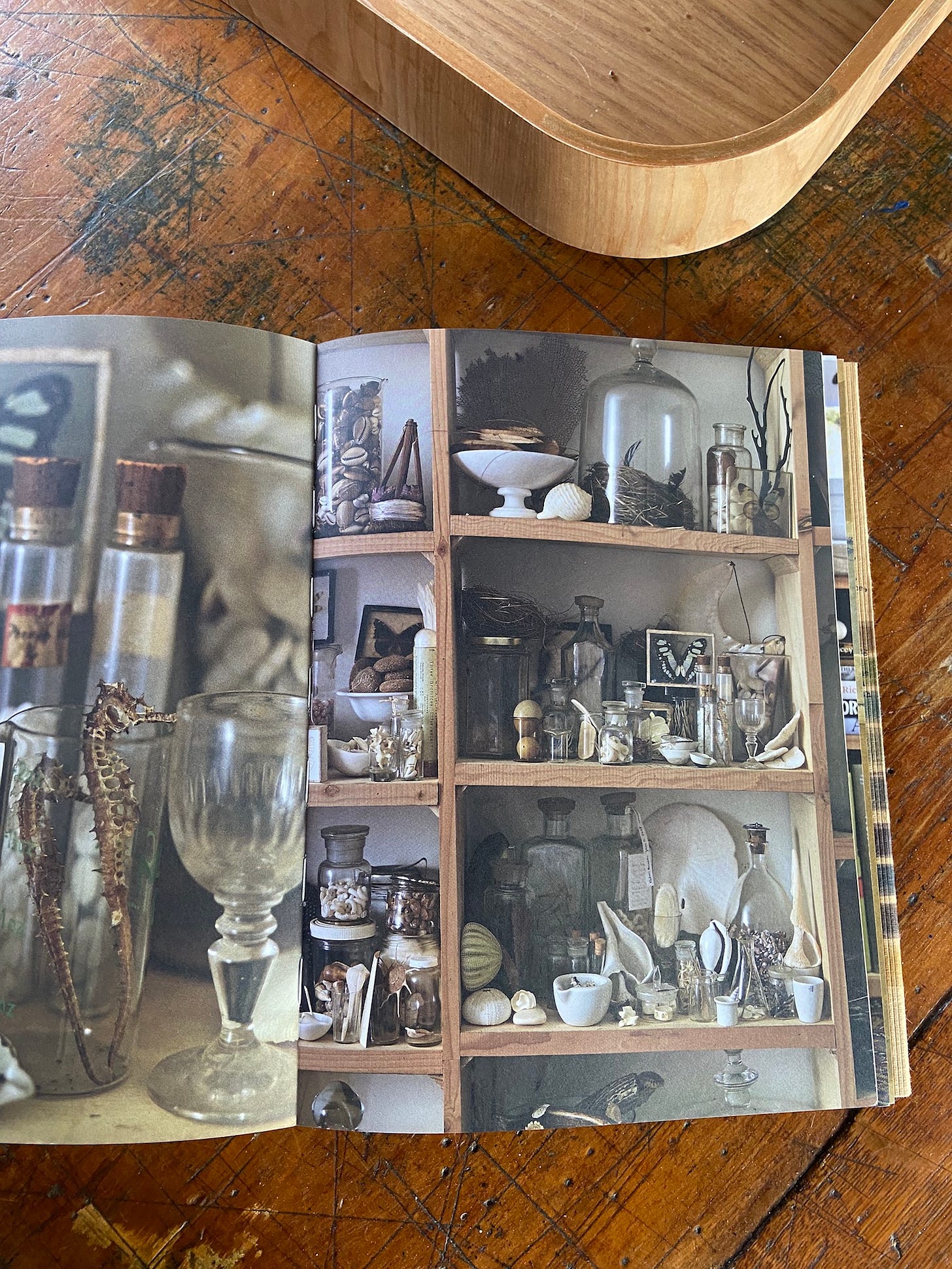
But as long as you’re the one paying the invoices there should always be room for a discussion. It’s too easy to have your ideas shot down when they don’t fall into a nice neat, safe and often easier category and the confidence to stand strong probably comes with time and experience. You have to be able to stand by your idea no matter what anyone else thinks. You have to be willing to be labelled crazy or difficult or too demanding, but if you’re a women with an opinion, you’ll be used to this already.
To build the confidence to push through unusual ideas when working with trades, it helps to know what you’re talking about. But when you’re doing things for the first time, like choosing where fixed lighting should go for example (Hello! Lighting design is an actual proper job that people train for) or any of the approximately 9,756,073 other things you didn’t know you’d have to know in a renovation, often you don’t know what you’re talking about.
I’ve had many other homes but I’ve only really renovated one before the current project. Our old house in LA needed a lot less major work and we did a fair bit ourselves (my ex-husband was usefully very good at most DIY jobs he tried). But this house has been another thing altogether. A lot more work to be carried out, with all the trades coming through the door - builders, plumbers, electricians, window fitters, building regulations inspectors etc. And all men. I have designed and styled interiors shoots for 15 years and I write about interiors in my books, but even that hasn’t equipped me for some of the things I’m meant to know. There have been many firsts.
So I’ve learned to ask questions. Even if it feels awkward. Even if I feel ignorant. Even if I sense a bit of eye rolling (“here we go again”). One thing I never do is act like I know what I’m talking about if I really don’t. Now there has been a bit of chest puffing on my part to stand up to a room full of men (I get called ‘love’, my boyfriend gets called ‘boss’ even if I’m paying the bills) but I never pretend I know something I don’t. I ask questions and follow up questions and if I still don’t get it, I ask more questions.
It’s been a crash course in learning to be ok with not being liked. My whole life I’ve wanted to be agreeable, nice, to set people at ease. To be liked. But through a combination of the stress of renovating a house and the reality of reaching a certain age, I’m finally getting more comfortable with ‘being a bit difficult’. Aka, being like a man.
I didn’t intend for this to become about men vs women. But with most tradespeople being male (stereotypically over-confident regardless of their skills) and many designer-homeowners being female (stereotypically more self-doubting regardless of their skills) it’s impossible not to discuss it. We’ve been pretty lucky with our current team after the disaster of last year’s dodgy builder. I like to think that these guys know that I’m not trying to be a pain (although again, I have every right to be - my house, my money) but I’m just trying to achieve a certain style and vision and I’m figuring it out as I go along. I’ve made mistakes and decisions I wish I could go back on, but I’m filing them away for next time and ploughing ahead anyway.
I can’t wait for the next house. Then I’ll definitely have ALL the answers. Said no-one ever.
A few more examples of people who ignored “it’s usually done like this…” and created fabulously unique spaces.
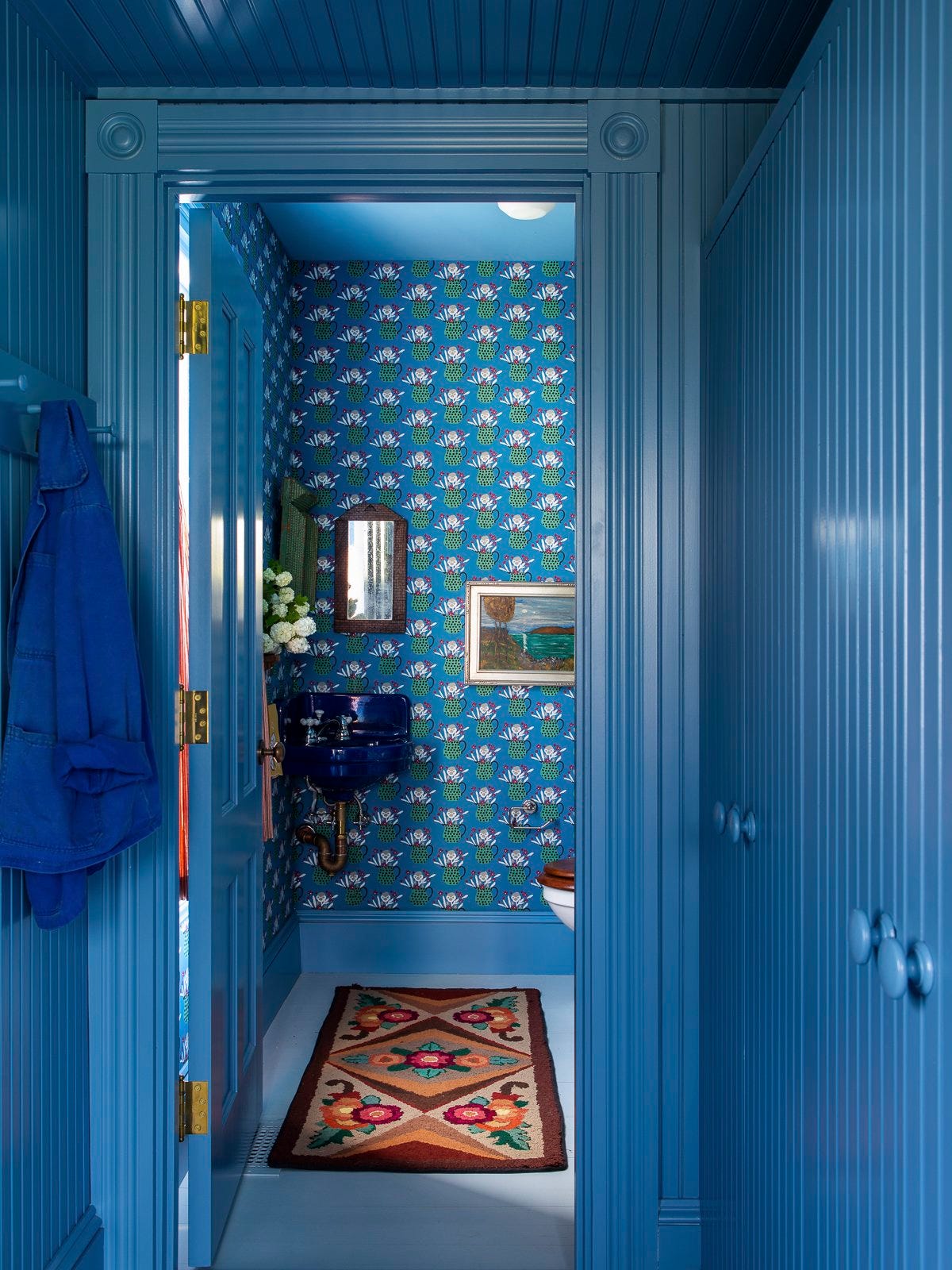

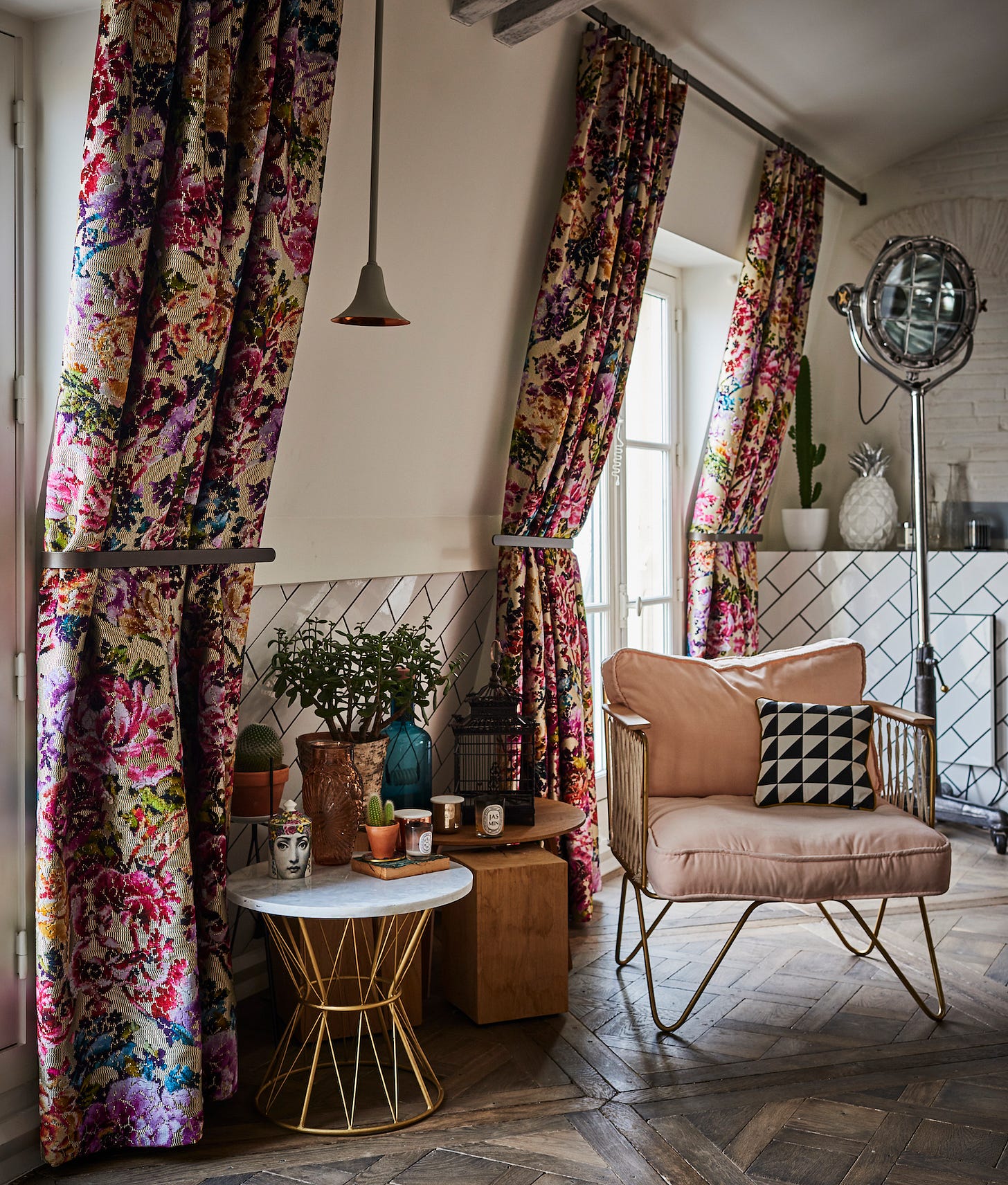
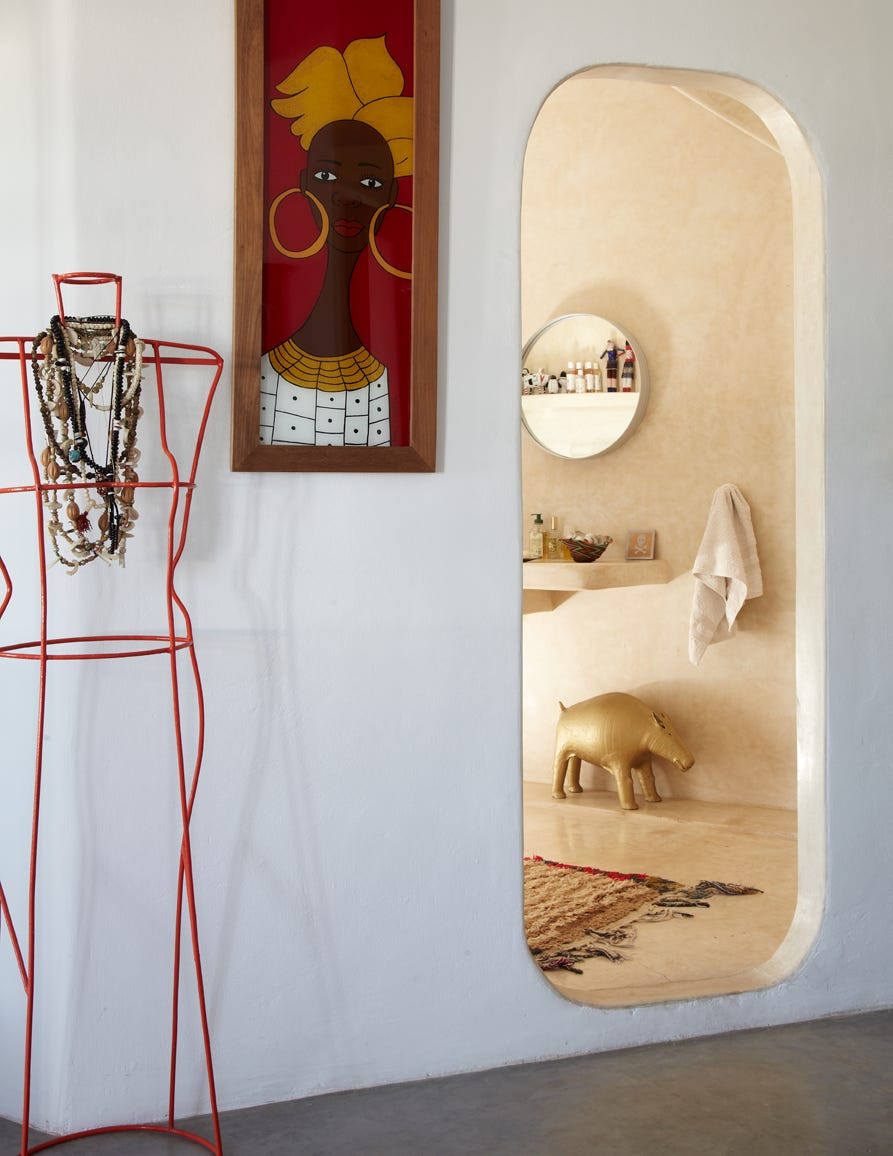





yes, absolutely agree., narrow definitions should always be ignored. Em, your home is looking great!
I wholeheartedly agree with every single point you've made. I've been working in the construction industry for 30 years as a building and interior designer and now doing my own renovation and extension. As a woman theres always kickback from some direction. You do have to learn to be bold and confident. Always question methods, always push back against the 'this is the way its done', but also never pretend you know anything about things you dont. Ask or find out elsewhere and go back armed. Always stick to your vision. Find trades who are willing to listen, explain the pitfalls, but do it anyway if thats the goal. If you cant find them, do it yourself. Yes trades bring an awesome amount of skills and prior knowledge, the one that always blows me away is the logistics, do this first before that, or you make the next stage so much harder, but none of it is rocket science, where theres the will theres a way to figure it out yourself even if you have to pay for the muscles on occasion. My approach to my own home is so like yours and so unlike the way I ever approach a clients work. Although I am lucky to have a few willing to let me make it up as I go along as thats the only way to create a home full of heart.